From athletes to artists, just about everyone can and has entered a flow state. It's a state of mind associated with wellbeing, satisfaction, happiness, and creativity.
When researching what makes people happy, psychologist Mihaly Csikszentmihalyi formulated flow theory. His theory involves a state of mind commonly called, “flow state.” When in this state, people experience a feeling of ‘being in the zone.’ Among athletes, it’s commonly called a “runner’s high.” Flow is complete immersion in the task at hand that is both enjoyable and matches your skillset. To help you learn more about the history of flow, its characteristics and benefits, and how to create the conditions for a flow session, Mindfulness Strategies takes a close look at Csikszentmihalyi’s incredible research.
History of Flow
The concept of flow state derives from Csikszentmihalyi’s research around happiness. As a child, he spent time in an Italian prison camp during World War II. To escape his difficult reality, Csikszentmihalyi played chess. The ecstatic state of mind he felt when playing chess would later be identified as flow state.
As a teenager attending a lecture, Csikszentmihalyi was introduced to psychology by one of the world’s most renowned psychologists, Carl Jung. Jung was lecturing about flying saucers and the European psyche. Jung’s theory was that, in order to cope with the chaos of the war, Europeans became completely preoccupied by the idea of spaceships and UFOs. Jung’s concept fascinated Csikszentmihalyi. At 22, he enrolled at the University of Chicago to study physcology.
Csikszentmihalyi sought answers to the age-old question of “what makes life worth living?” The answer he found, in part, involved doing things that activated the flow state, because people were reportedly happiest in this state of mind. Flow state occurs when one becomes so engrossed in a task that aligns with their abilities and interests, they don’t have the capacity to think about anything else.
Characteristics of Flow
Csikszentmihalyi identified the nine characteristics of a flow state of mind, which include:
a loss of self-consciousness
a perception of the transformation of time
a challenge-skill balance
clear feedback
clear task goals
full concentration on the task at hand
an intrinsically rewarding experience
a sense of control
the merging of actions with awareness
In a flow state, actions are effortless, and it’s easy to take the next step without too much thought. The focus is so intense, you don’t notice how time passes. One can experience a flow state during activities such as gardening, exercising, painting, reading, playing music, dancing, knitting, writing, running—and the list goes on!
The Brain During Flow State
The prefrontal cortex is the part of the brain responsible for critical thinking, long-term planning, personality, internal dialogue, and social behavior. The prefrontal cortex rests during a flow state because the implicit, or unconscious, memory takes over. Implicit memories are procedural memories of how to do things. Once you master something, such as getting dressed, you no longer have to consciously think about each step, you just do it with little thought.
Benefits of Flow State at Work
People who achieve flow state report improvement in well-being, life satisfaction, and mood. From a business perspective, flow state is beneficial because:
Work environments conducive to flow state increase employee productivity and loyalty.
Employees who can tap into flow state at work are more likely to see their co-workers in a favorable light because of the mood boost.
Employees are more creative, helpful, and engaged in their work
Achieving the flow state of mind is fulfilling in and of itself. If work environments and abilities are conducive to flow, employees will continually seek out this state of mind and work to their greatest potential.
Mindfulness and Flow: How are they connected?
Mindfulness and flow state are two distinct mental states that one can achieve. Cultivating mindfulness can increase your chances of experiencing flow state. While a solid mindfulness practice can lead to flow, they are not the same.
Mindfulness is the awareness of yourself and your environment in the present moment. During flow state, the sounds and sights of your surroundings are not important.
When practicing mindfulness, you might have to refocus your attention because of a distraction. In a flow state, your mind shuts out distractions, focusing solely on the task at hand.
While being mindful, you note consciously what your body is doing and how it feels. During flow, actions and thoughts are so intertwined your actions come naturally, with minimal thought.
Mindfulness is accessible at any time, but the “in the zone” feeling requires particular conditions and cannot always be achieved. Consider tapping into mindfulness if the flow state of mind has become too intense or exhaustive.
How to Induce Flow
You won’t always be successful at inducing flow, but you can attempt to create the perfect conditions by:
Removing all possible distractions. Turn off your phone, shut your office door, or tell co-workers or family members you are not available for a specific time period. If you’re trying to flow in a public space, such as a gym, bring headphones to drown out the noise.
Making sure the activity and your skills are equal. If there’s a mismatch between the activity and your abilities, you will be bored because the task at hand is too easy or frustrated because it’s too hard.
Choosing an activity you enjoy. It’s nearly impossible to achieve the “in the zone” feeling doing something you hate.
Hone Your Flow
The flow state of mind can release creative power, increase employee engagement, and provide a sense of fulfillment. If you are interested in making your work environment more conducive to flow, or would like to learn how to cultivate your own flow, contact Mindfulness Strategies.




